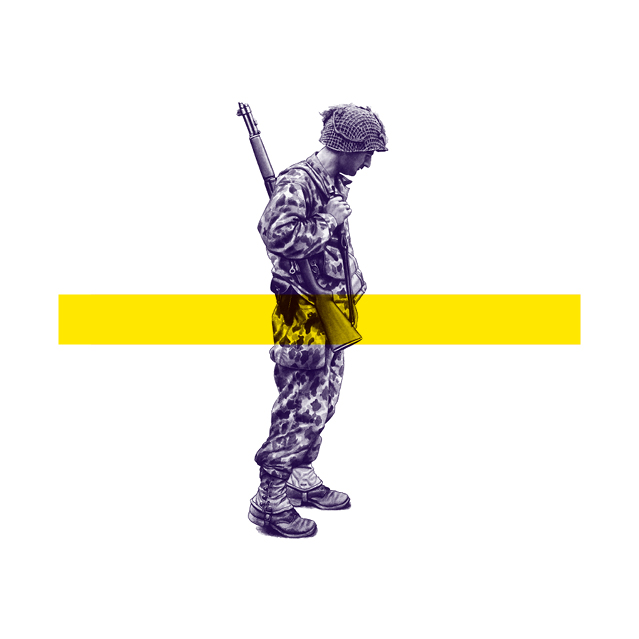Back before the military use of camouflage, armies would go into battle proudly displaying their colours, like the iconic red coats that the English would wear. With the development of longer range guns and guerrilla tactics used, loud colours became an easy target on the battlefield.
It wasn’t really until World War I that camouflage use found its real footing. Soldier’s khaki uniforms now stained with dried blood and dirt laid out the natural aesthetic for the camouflage uniform.
Almost every country has a distinct camouflage pattern – not only to reflect its own natural terrain but also to differentiate itself from other armies when on the battlefield. Some of these camouflages are adapted to where they are deployed (jungle, desert, urban, snow, navy, air) but mostly the pattern remains the same with a colour change.
Camouflage became a really important part of warfare – the ability to blend in with surroundings obviously would give one an advantage over the enemy. Armies commissioned artists such as Charles André Mare and Salvador Dalí to develop the disruptive pattern material used for combat. Another interesting fact to know is that camouflage has been used in fashion since the early 1920s. And on that note, let the history lesson conclude and the camouflage guide begin.

